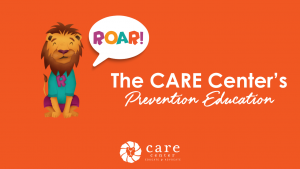National Human Trafficking & Slavery Awareness Month
Identifying Indicators of Human Trafficking
Information provided by the Oklahoma Bureau of Narcotics & Dangerous Drugs Control
U.S. Government Definition of Human Trafficking
In 2000, the passage of the Trafficking Victim’s Protection Act (TVPA) made human trafficking a federal crime. Force, fraud, or coercion are central in the TVPA Statutory Definition of Human Trafficking (22 USC § 7102 (9)&(10)).
Force
- Physical assault
- Sexual assault
- Isolation Confinement
Fraud
- False employment offers
- Sham marriages
- Lying about work/living situation
- Withholding wages
- Taking documentation
Coercion
- Threats of violence
- Threats of arrest/deportation
- Debt bondage
- Withholding legal documentation and identification
Barriers to Identifying Victims
- Hidden crime
- Coached by trafficker
- Charged as a perpetrator
- Don’t always identify as a victim
Barriers Specific to Immigrant Victims
- Fear of deportation
- Language and economic barriers
- Lack of protection in home country
- Misinformation about rights and available services
Circumstances of Human Trafficking Victims
Victims of human trafficking often have limited freedom, lack control, and work in dangerous environments. Presence of one or more of the circumstances outlined below may indicate human trafficking.
Limited Freedom
The trafficking victims—
- Have high security measures in their work and/or living location; or
- Are not free to come and go as they please.
Lack of Control
The trafficking victims—
- Have few or no personal possessions;
- Are not in control of their own money, records, or bank accounts;
- Owe a large debt and are unable to pay it off;
- Are not in control of their own identification documents; or
- Are unable to speak for themselves. Work Conditions The trafficking victims—
- Are under 18 and provide commercial sex acts;
- Are in the commercial sex industry and have a manager;
- Work excessively long and/or unusual hours;
- Are not allowed breaks or suffer under unusual restrictions at work;
- Were recruited through false promises about the nature and conditions of the work; or
- Are unpaid, paid very little, or paid only through tips.
Identifying Victims
Questions to assist when determining if someone is the victim of human trafficking—
- Was the individual recruited, forced, or coerced into migrating?
- Has an employer, spouse, loan shark, broker, or smuggler threatened the individual or their family with serious physical harm?
- Has someone threatened the individual’s immigration status to compel work?
- Does the employer exert substantial control over the individual’s life outside of work (e.g. housing, relationships, communications)?
- Is the individual isolated?
- Is the individual not being paid directly or working to pay off a debt?
- Are there indications of severe labor law violations (e.g. safety, overtime)?
- Are there signs of abuse, either physical or psychological?
- Does the individual have legitimate identification? Has the individual been given fraudulent documents to use? Has the individual’s passport been taken away or is it being held by someone else?
- Did the employer arrange or is the employer somehow connected to the individual’s method of transport and migration?
- Is the individual always accompanied by another person who seems controlling?








